Since the start of the school year, the University Counseling Center has not had any counselors of color working in person. Students of color said they are now less likely to use the center’s services — and telehealth providers aren’t making up the gap.
The lack of counselors of color came as a shock to students because the center had previously employed two women of color for in-person therapy.
Christian Basnight, ’24, said he decided to pay his previous counseling center therapist, Jade Westbrook, more than $100 per session once she left instead of seeking free service with a white counselor at Washington and Lee.
“I don’t feel comfortable talking to a non-black person about my issues because a lot of them are pertaining to my race, which is a big part of my identity,” said Basnight.
Westbrook did not respond to phone and email requests for comment.
Caitlyn Thompkins, ’25, learned that Westbrook, who was also her counselor, left the university when she returned to campus this fall.
“The receptionist was like, ‘your counselors are not here anymore, you’re gonna have to find a new one,’” said Thompkins.
Thompkins said she felt like the communication between the center and students could have been better.
Thompkins said that she did not have the same connection with her new white counselor as she had with Westbrook. As such, Thompkins decided to switch to virtual appointments with an African American therapist through the counseling center.
The counseling center started contracting with two Black providers of color this year. Renita Gabriel provides telehealth counseling services for students and is based in the Maryland and Washington D.C. area. Tamara Watkins, the other telehealth provider, leads Washington and Lee’s BIPOC support group. She declined to comment for this story.
Even though she likes her telehealth provider, Thompkins said that she would have preferred in-person therapy with a provider of her race, and Mariah Scott, ’25, agreed.
“I knew I wanted a black therapist… It’s not the same speaking about your experiences [with white counselors],” Scott said, “They try to get it, but they don’t.”
Charles Anderson, the director of the counseling center, first denied that race is an important factor in patient care in comments to the Phi.
“It is a fallacy that the counselor must match the exact demographic of the student presenting for treatment,” Anderson said in an emailed response to the Phi’s previous story about the counseling center. “Differences always enhance the therapeutic interaction rather than detracting from it.”
However, in a response to a request to comment for this article, Anderson said that it does help if students see a counselor of a similar identity. The counseling center is looking to diversify its staff and connect with marginalized students, Anderson said.
According to a 2014 study from the National Library of Medicine, the identity of a provider can affect how a patient responds to counseling.
It is difficult to hire counselors in the middle of the semester, especially because the university is located in a rural area, Anderson said. But he said that, in the six months that he has been in his position, he has tried to support current counselors by making their everyday lives easier.
Gaps in support
While she was at the university, Westbrook started the BIPOC Support Group, which was a safe space for students of color. However, once she left, the counseling center largely abandoned Westbrook’s project, Scott said.
Scott said that she has been running the support group with the help of Watkins, but it has been difficult to do without in-person guidance from the counseling center.
The next meeting of the BIPOC Support Group will be on May 6 at 6 p.m. in Commons 216.
Scott attended in-person appointments with Rallie Snowden after Westbrook left the counseling center, but had to stop in January once Snowden went on a leave of absence. Scott has not heard from the counseling center about when Snowden will be back, and she said the counseling center is not doing enough to support students who receive telehealth care.
“It’s crazy y’all are having telehealth and telehealth therapists but no place for students to have a secure meeting,” said Scott.
Scott said that the center did eventually open up a space for telehealth appointments to take place, but that the room was sparsely furnished and there was no way to reserve it.
Assistant Dean of Students Kim Hodge said the university was making strides when it came to supporting the mental health of students of color. For Hodge, the most important part of a person’s mental health was community.
“We try to create spaces and opportunities for people,” Hodge said. “ I want everyone’s culture to be normalized and appreciated and celebrated on our campus.”
Hodge said a large aspect of her role is meeting with students who are struggling with their mental health and recommending resources, including the counseling center.
But Thompkins and Basnight said they did not feel like they could get the support they wanted from university counseling. Both agreed that the center should make hiring counselors of color a priority.
“I think that the counseling center itself was just a little bit lazy in their recruitment,” Thompkins said. “If it was really important to them, I think that they would have brought a counselor of color to campus.”



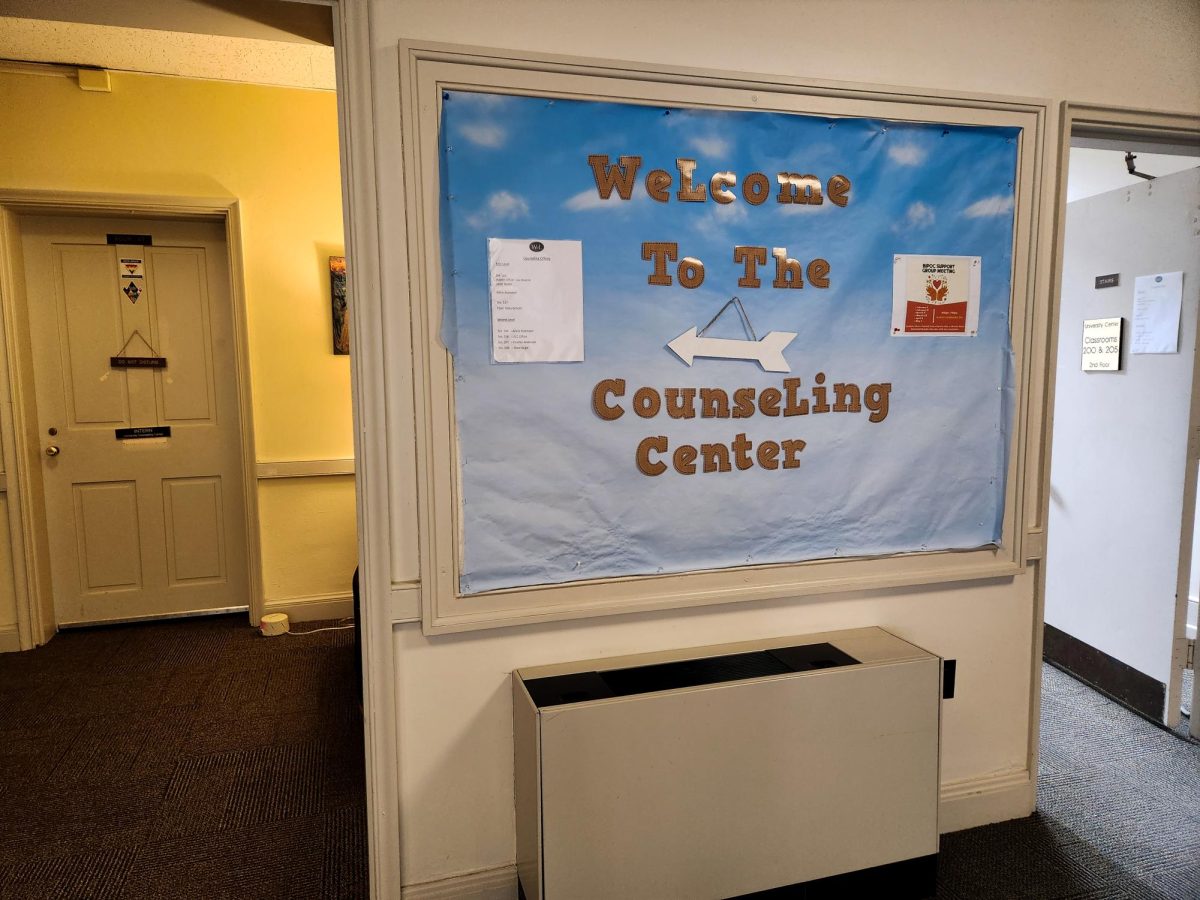
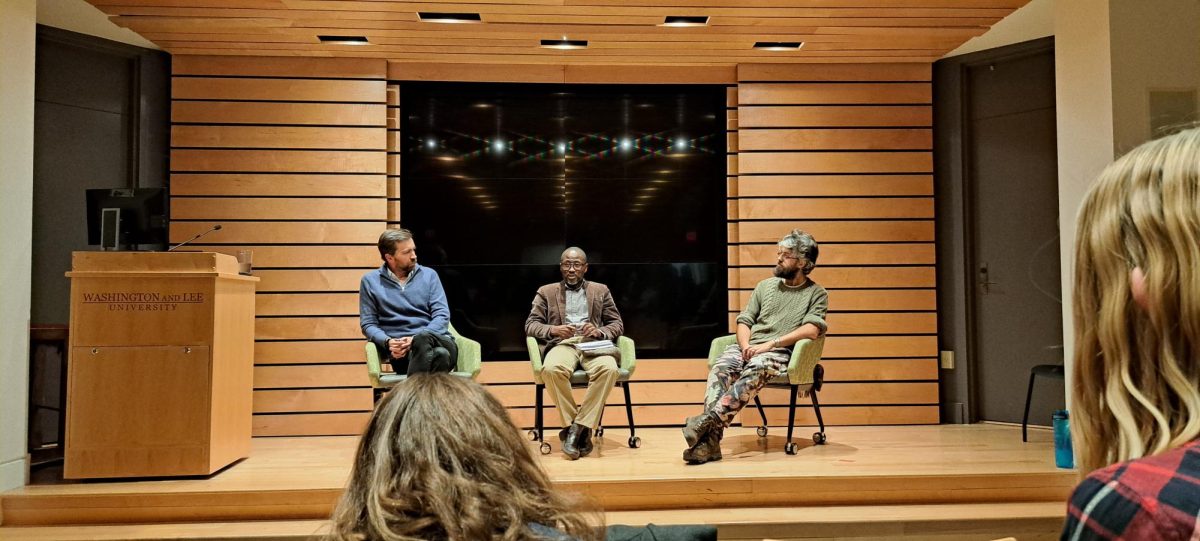
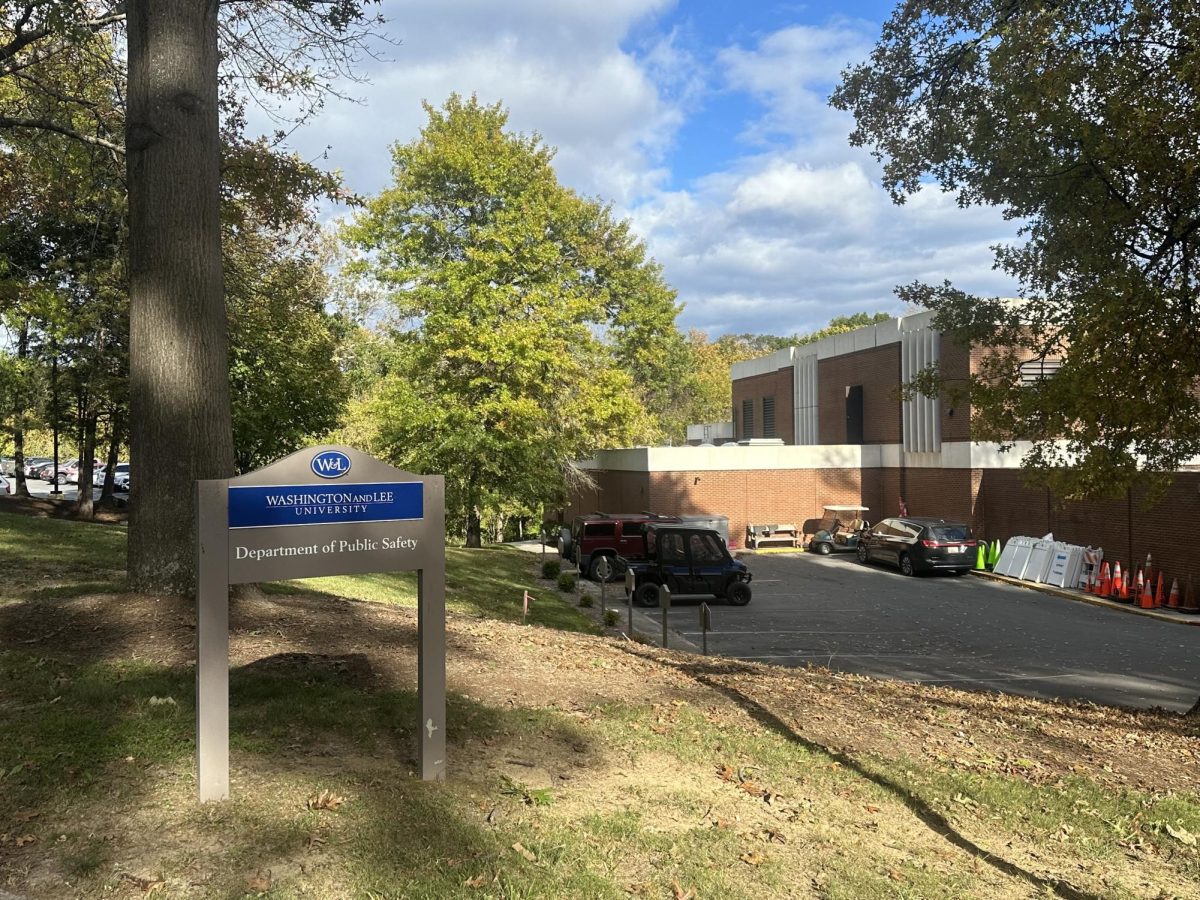
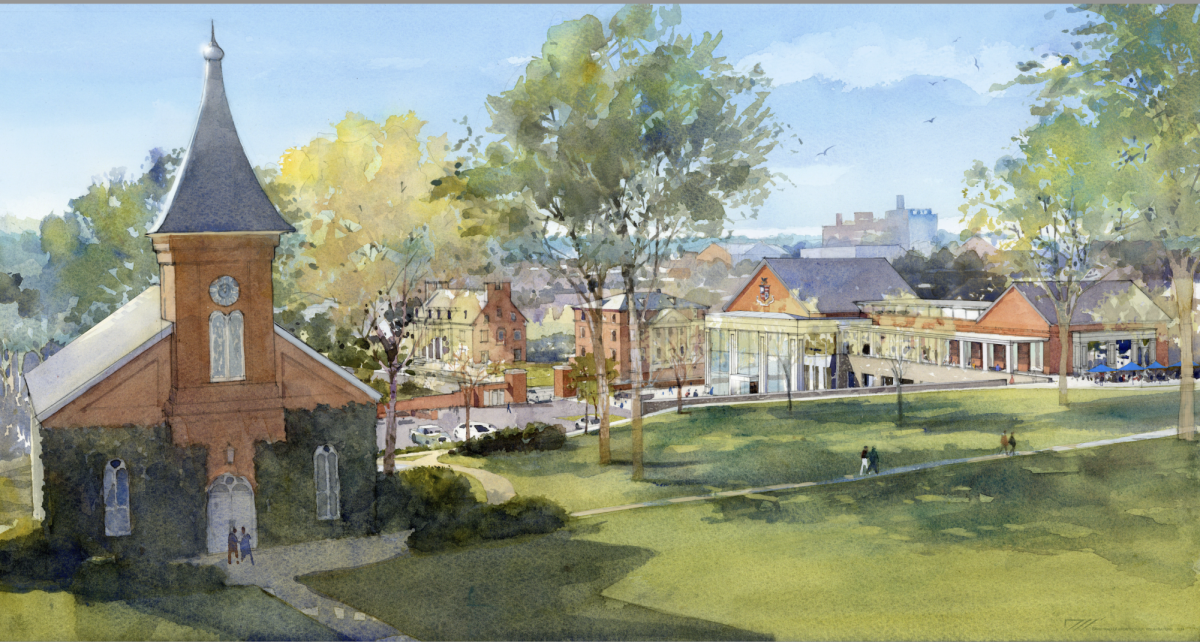
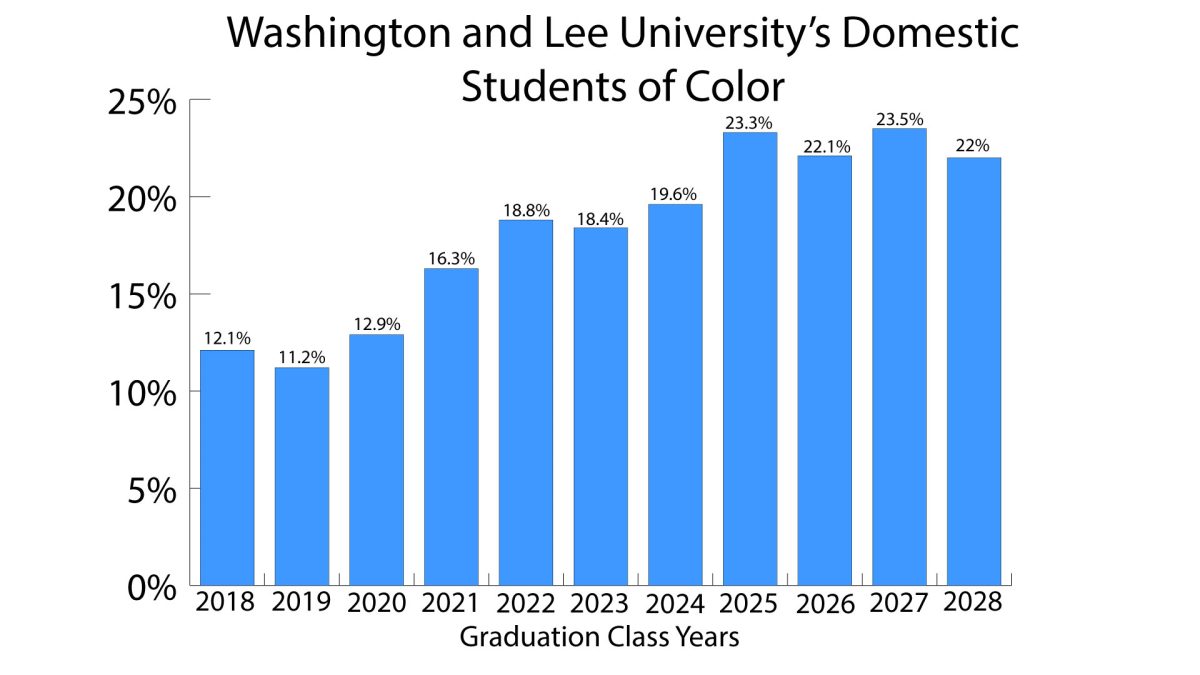
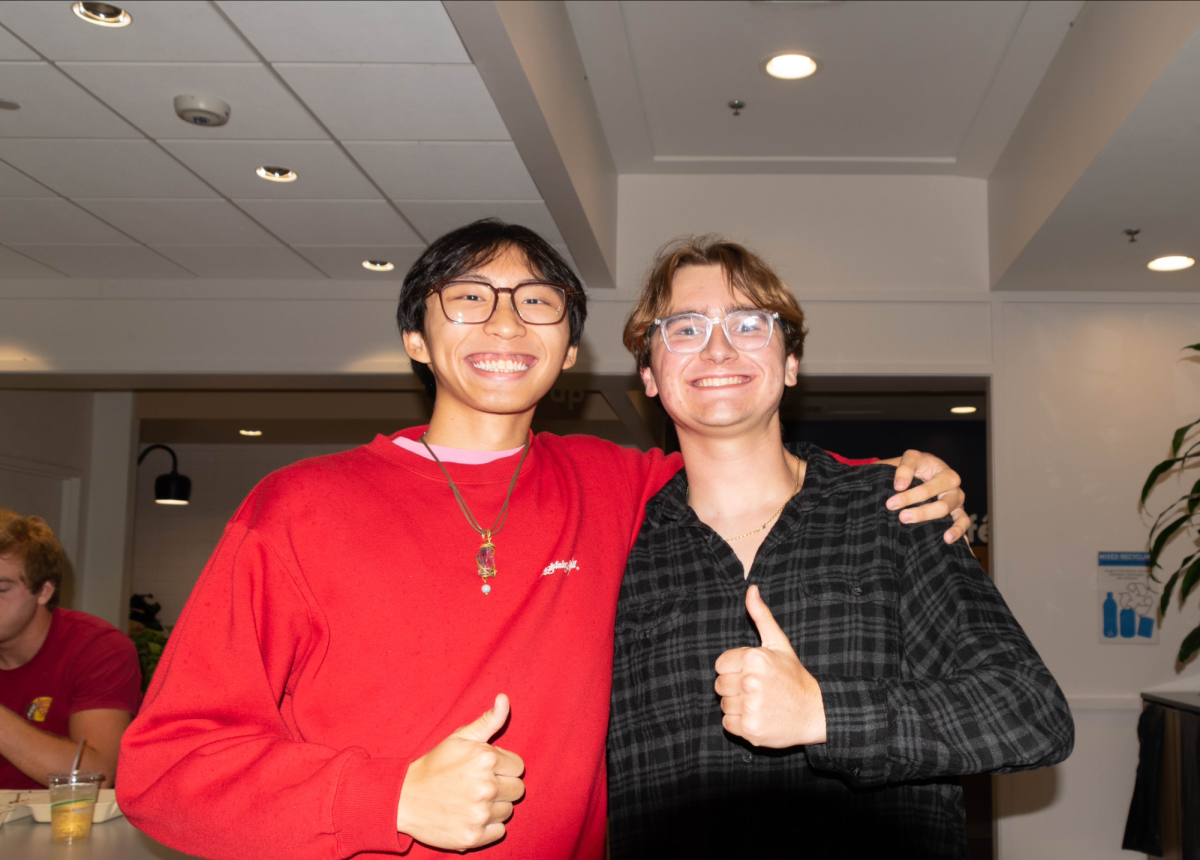
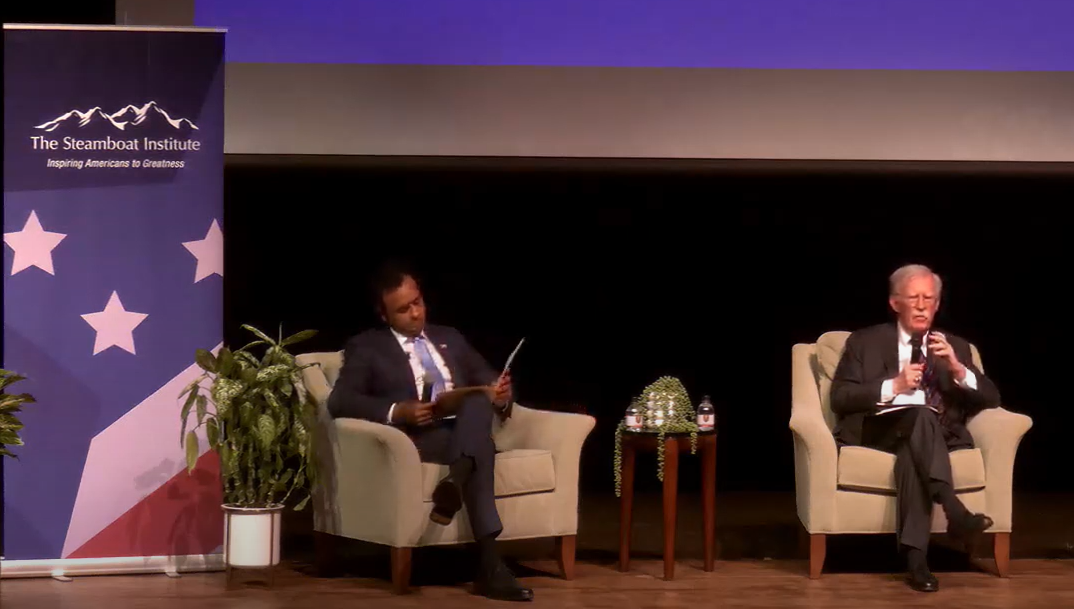
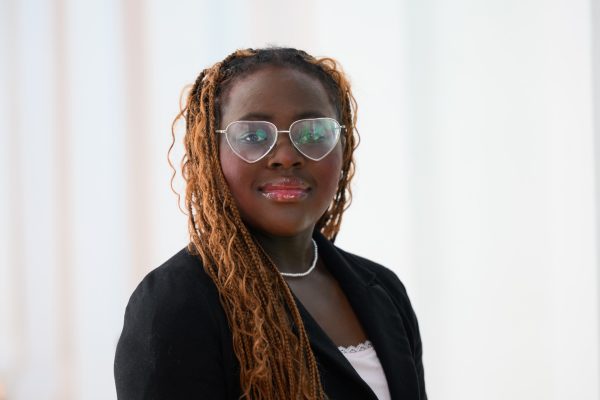
Charles Anderson • Apr 8, 2024 at 5:00 pm
Here are my actual responses submitted to the author of this article:
Hello Mr. Anderson,
Thank you so much for being so open and willing to answer my questions. I’m sorry for the delay. Please find the questions below:
1. Is it difficult to hire counselors for the center?
Timing is the biggest variable in hiring counselors. Generally, counselors prefer not to leave their positions in mid semester, so recruiting with a lead time into the next semester is optimal. Also, in general, it is more difficult to recruit into rural areas compared with larger metropolitan areas.
2. What do your recruitment strategies look like?
We place our job advertisements in national platforms such as
Higher Ed Jobs and University Counseling Jobs to attract applicants to higher ed and to reach counselors who might be looking to make a move
3. How many students come in for counseling per month, per semester, and per year?
Over the past 12 months, the counseling center saw 858 students for 4859 scheduled appointments. Last month we saw 242 students for 457 scheduled appointments. Last semester, we saw 456 students for 1868 scheduled appointments.
4. How does the counseling being free and unlimited at W&L affect student usage of the service?
I believe free and unlimited counseling sessions remove barriers that might otherwise exist for students from a financial point of view. Our goal is to make counseling easily accessible to all.
5. I understand that many students from different marginalized backgrounds might feel uncomfortable seeking counseling for one reason or another. Do you do anything to make students feel welcome at the center?
We are always striving to enhance the diversity of our counseling community as a way to help marginalized students to more easily engage in a counseling relationship. It definitely helps for students to see their particular backgrounds reflected in the diversity of the staff as a way to more comfortably connect with us. We also engage in outreach activities to connect with marginalized groups on campus to ensure students are aware of our resources and to convey our commitment to serving them.
6. With the workload of an entire college’s mental health on their shoulders, what do you do to make the counselors feel supported in their roles?
In my 6 months as a director, I have focused on improving the everyday experience of counselors by streamlining processes, reducing paperwork, and building in time to connect with and support each other. In addition, I am a strong advocate for the needs of counselors, the counseling center, and the students, and have worked to make the process of scheduling easier while maintaining a high level of care with no waitlist for treatment.
Please take your time answering the questions. I’m very happy that I can get your perspective on this.
Best,
Erika Kengni